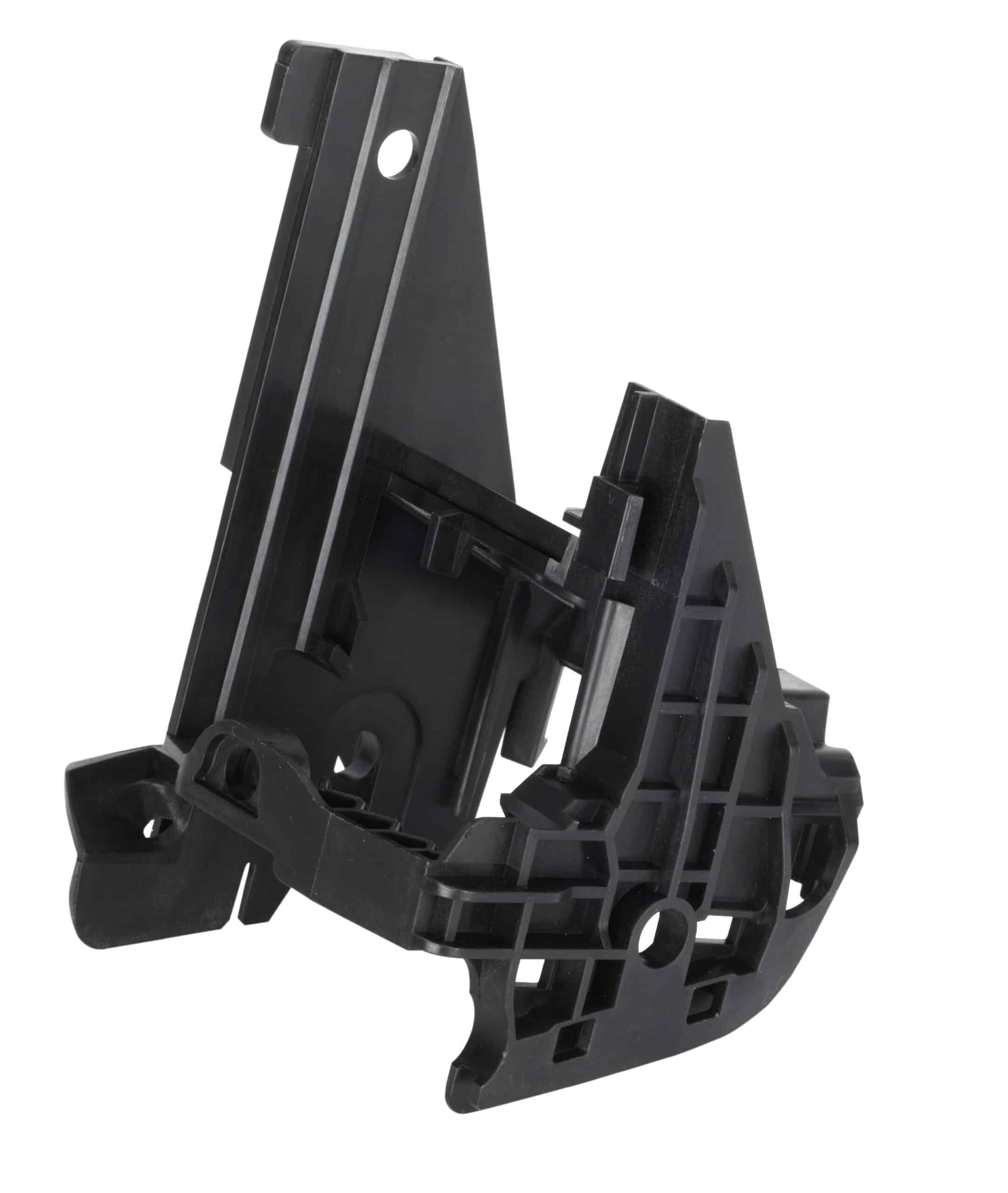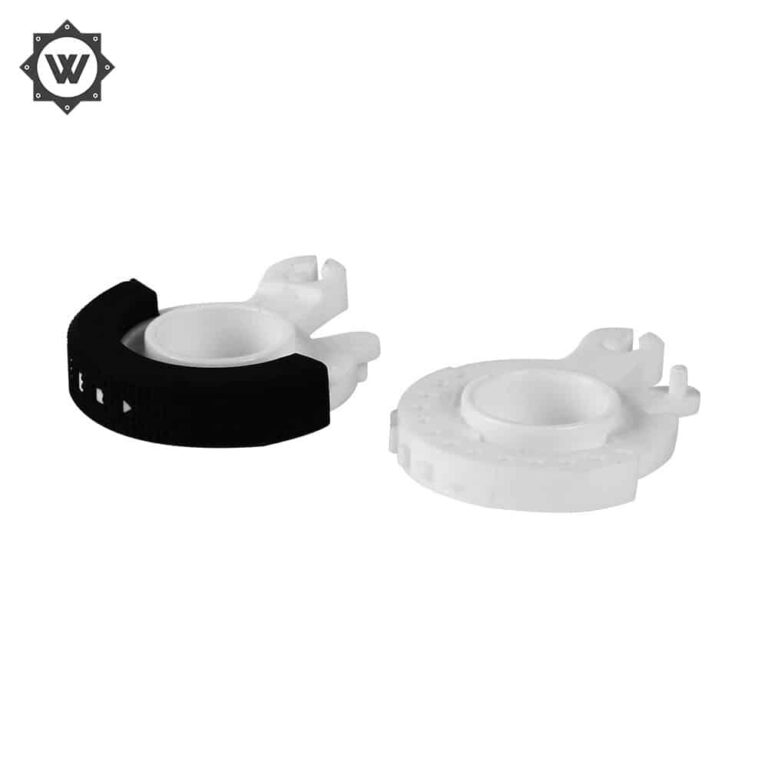Common finishing process in die manufacturing

The finishing process of mold manufacturing directly affects the quality of a mold part, so it is very important to control the finishing. In the finishing stage, electric machining, grinding and bench work are generally used. In this stage, many technical parameters should be well controlled.
1. Part heat treatment
The internal stress needs to be controlled to ensure the dimensional stability of the parts in the processing process during the heat treatment of the parts. With the development of the mold industry in recent years, different materials have different treatment methods, and the types of materials used are also increasing.
2. Grinding of parts
Internal and external grinders, tool grinders and surface grinders are the three ways of machine tool grinding. During fine grinding, grinding deformation and grinding cracks should be strictly controlled. Therefore, the fine grinding feed should be small, not large, and the coolant should be sufficient.
3. Electrical processing control
Modern mold factories can not lack electric machining, which can be divided into two types: wire cutting and electric discharge. When machining the punch, the selection of wire cutting position and path should be carefully considered. The best effect is achieved by drilling and threading. When machining the concave die with taper, from the perspective of rapid and high efficiency, first rough machining the straight edge, then perform the second taper machining, and then finish machining the straight edge. Only finish machining the straight edge of the cutting edge section, It saves both time and cost.
4. Surface preparation and assembly
The wear marks and tool marks left on the part surface during machining are the source of crack propagation and also the place where stress is concentrated. Therefore, before assembly, the workpiece should be demagnetized, and the surface should be cleaned with ethyl acetate. After machining, the part surface should be strengthened to eliminate processing hazards. During grinding and electric machining, the workpiece will have a certain degree of magnetization and weak magnetic force, so it is easy to attract some small things.
In the general assembly process, first install the guide pillar guide sleeve, die seat and die, and then adjust the clearance. After the assembly, check the die and write the overall situation report. For the problems found, reverse thinking can be used to check one by one until the crux is found and the problem is solved.






